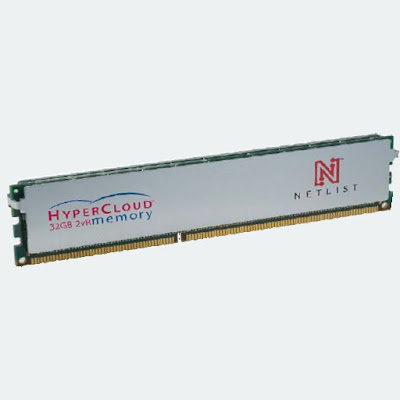
Introduced just at the beginning of this week together with Intel's first Sandy Bridge-E desktop processors, the X79 chipset is expected to be compatible with the chip maker's 2012 high-performance CPUs based on the Ivy Bridge-E architecture.
This information was provided by a user from the Chinese XFastest forum, who posted what appears to be an Intel slide which details the socket compatibility of the company's X79 chipset for LGA 2011 motherboards.
According to this slide, users who buy an X79 Express powered board will still have a use for this after the release of the Ivy Bridge-E processors, which is expected to take place next year.
While the slide doesn't go into details, it does list the current Intel DX79SI motherboard, which leads...



 11/16/2011 11:19:00 PM
11/16/2011 11:19:00 PM
 dannzfay
dannzfay



















